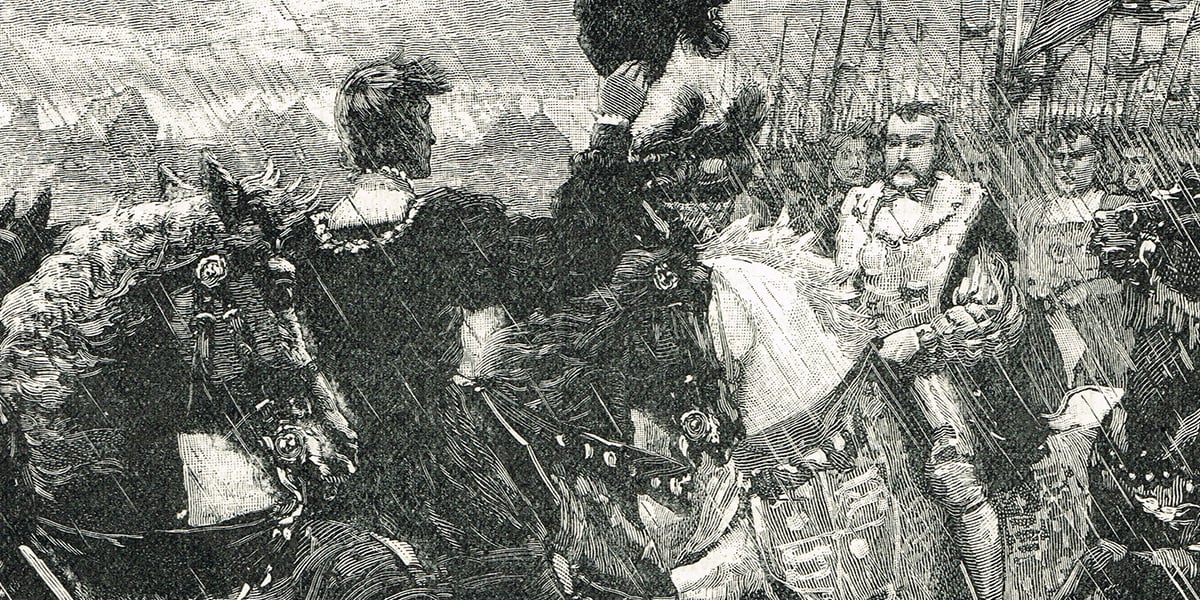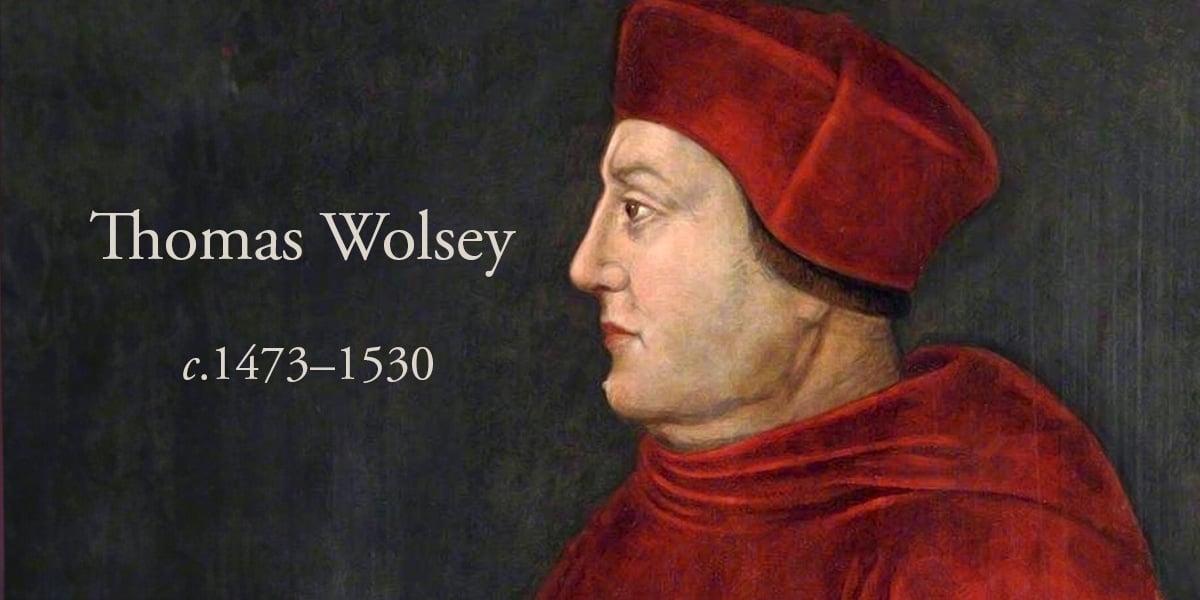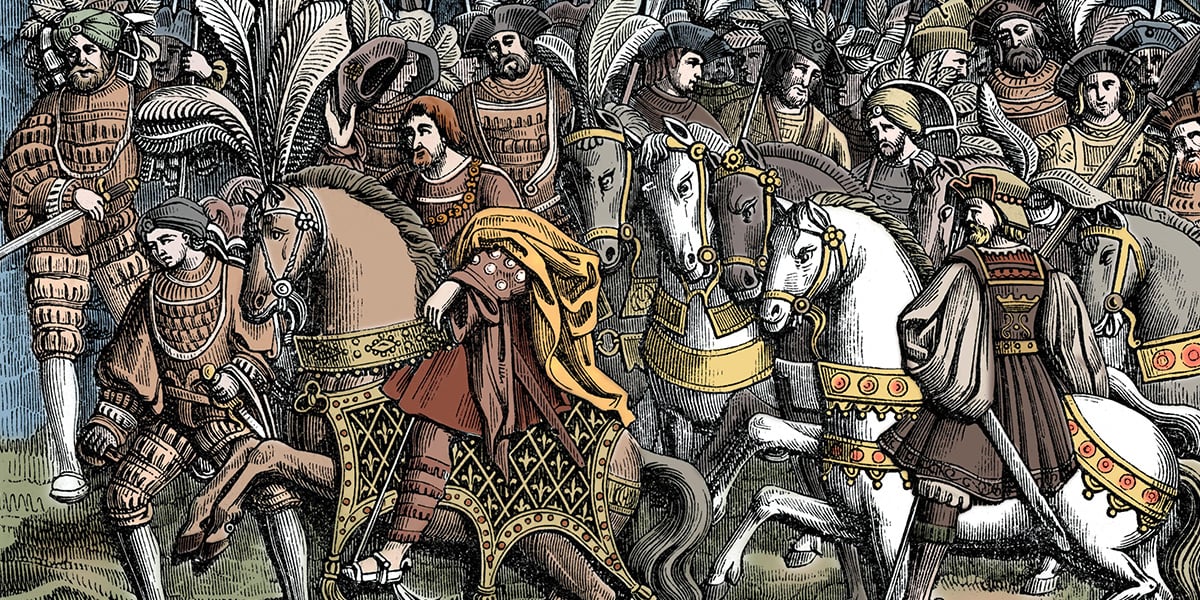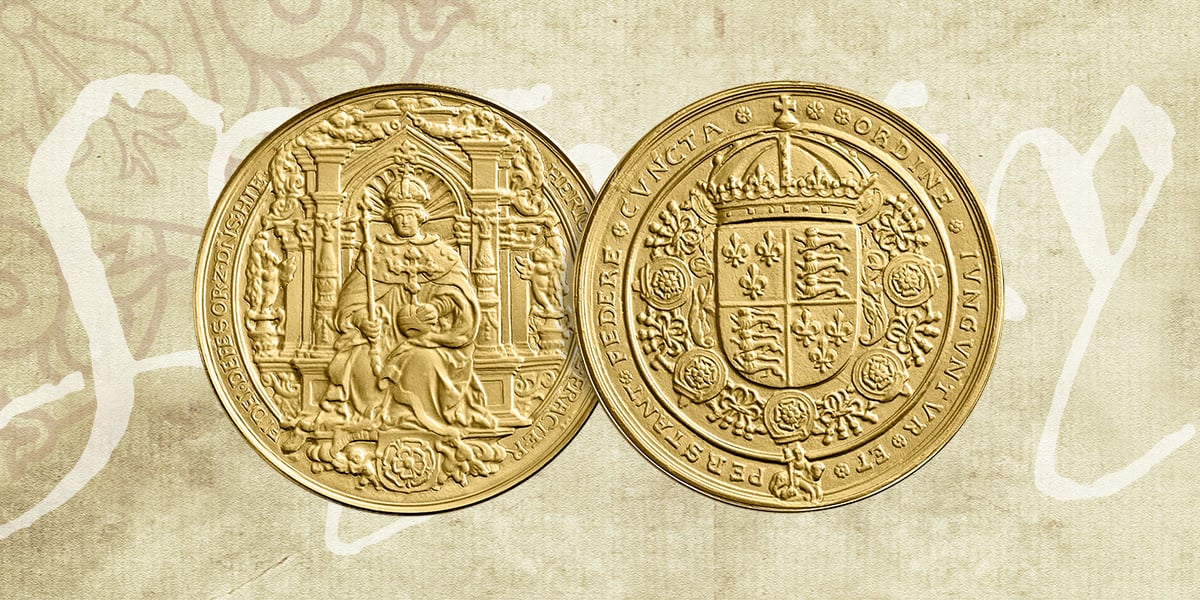On 7 June 1520, Henry VIII of England and Francis I, King of France, met at a neutral location between English-owned Guînes and the French town of Ardres close to Calais in France. Famously known as the ‘Field of Cloth of Gold’, the historic meeting was intended to cement the monarchs’ new-found affable relationship, following tumultuous years of intense rivalry.
Cardinal Thomas Wolsey, an influential statesman and Henry VIII’s chief adviser, is said to have orchestrated the event that lasted for 18 days and was marked with abundant splendour, feasting and celebration. Here, we explore the relationship between these two kings, which was underpinned by begrudging respect, and the events that preceded and followed the Field of Cloth of Gold.

A Proud Heritage
The second son of Henry VII and Elizabeth of York, Henry VIII represented a formidable Tudor dynasty due to his mixed Yorkist and Lancastrian lineage. Following the death of his elder brother, Arthur, he became heir to the throne and evolved from a golden prince who wrote music and poetry into an ambitious king.
Like his father before him, Henry VIII was keen to emulate great rulers of the past and subsequently developed a penchant for warmongering, particularly with France. English monarchs began laying claim to the French throne in the early fourteenth century and Henry VIII followed suit, invading the country three times during his reign.
Warring Ambitions
In 1513, during one of his military invasions, Henry VIII fought against a French army led by Francis, who was then heir to the French throne. Henry VIII gained a modest victory at the Battle of the Spurs, although not without the support of Emperor Maximillian I, the Holy Roman Emperor who would act as a signatory to a peace treaty between Henry VIII and Francis I, now King of France, just two years later.
The act left the English king isolated and demeaned, which no doubt fuelled his hatred of Francis I, who was not just reputed as a fierce warrior but king of the country that Henry VIII believed was his birthright.

Resolving a Power Struggle
Acquiring power in Europe through acts of war prompted humanists such as Erasmus, Thomas More and Guillaume Budé to advocate glory through peace and diplomacy rather than violence. This way of thinking prompted Cardinal Wolsey to suggest a treaty of Universal Peace between the heads of Europe, which was ratified in London and therefore known as the Treaty of London. A fundamental aspect of the treaty was an agreement that Henry VIII and Francis I would meet in person to affirm their peaceful alliance, which led to the Field of Cloth of Gold.

A Meeting of Pomp and Splendour
Preparations for the Field of Cloth of Gold took more than two months and required huge workforces from England and France to construct hundreds of tents, a tournament arena and even a temporary palace to house Henry VIII, his wife Katherine of Aragon and Cardinal Wolsey.
Made from timber and draped in a canopy, it was painted to resemble stone. The stained glass used to glaze the palace’s windows earned it the moniker the ‘Crystal Palace’ by the French, who constructed magnificent pavilions of their own, including a giant tent standing at 120-feet tall and covered in gold. Unfortunately, strong winds affected the structure before the meeting between the monarchs took place.
On 7 June 1520, the French and English camps met at the agreed location, although the French were initially wary as they thought the English had turned up for war, mistaking the glittering gold coats of Henry VIII’s retinue for armour. The kings eventually approached each other, doffing their caps before sharing a warm embrace.
Feasting and Festivities
Approximately 12,000 people attended the meeting. With thousands of mouths to feed and water, the supplies required for this celebratory event were unsurprisingly vast. Accounts
show that the English camp supplied almost 200,000 litres of wine and 66,000 litres of beer, along with 98,000 eggs, more than 2,000 sheep, 13 swans and three porpoises for the extravagant feasting.
In addition to the merriment, a tournament took place that included jousting and combat on foot and horseback. Both kings took part but participated on the same team to avoid any injury or embarrassment. However, Henry VIII broke protocol when the wrestling matches took place and challenged the French king to a match. The English king came to regret the decision as following his upbringing in a region of France where wrestling was a popular sport, Francis I is said to have knocked Henry VIII to the ground with ease.
A Harmonious Ending
The penultimate day of the Field of Cloth of Gold saw Cardinal Wolsey preside over a Mass that was attended by English and French courts. Following the Mass, the crowd marvelled at a magnificent dragon flying through the sky, which was actually a kite made by the English using a canvas woven through wooden hoops. Representing the new friendship between these two monarchs, the creature was an amalgamation of the Tudor dragon and Francis I’s salamander emblem.
Sunday, 24 June 1520 marked the end of the historic meeting, with the monarchs bequeathing one another elaborate and expensive gifts. The peace was not to last and, seven years later, the pair met again to ratify the Treaty of Amiens, which is also known as the Anglo-French Treaty of Perpetual Peace.

A Golden Seal of Approval
Both Henry VIII and Francis I opted to use a golden seal, or ‘bulla’, an engraved metal disc rather than a seal of wax, to authenticate their parts within the Treaty of Amiens. The monarchs’ proclivity for ostentation had clearly not waned since their historic meeting at the Field of Cloth of Gold, and each were desperate not to be outshone by the other.
The French bulla, slightly larger than the English, depicts Francis I seated in majesty under a rich cloth of estate, the curtains of which are drawn back by angels. On the obverse of the English bulla, Henry VIII is seated under a grand, Renaissance-style architectural throne, wearing an exaggerated arched crown in response to Francis I’s pretentions to imperial status.


